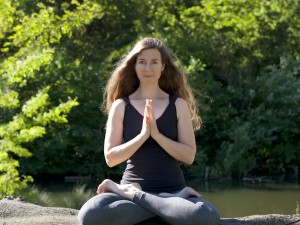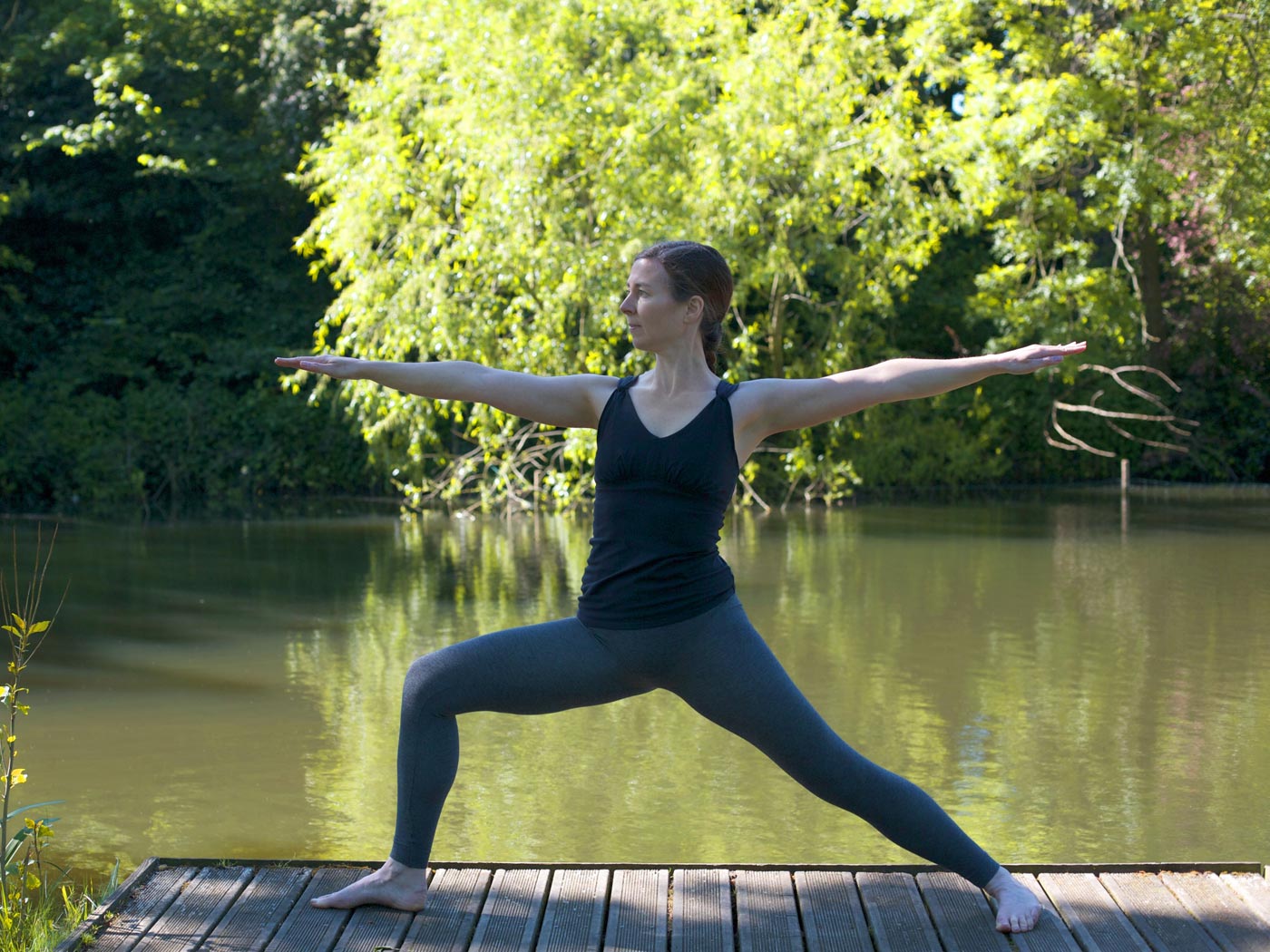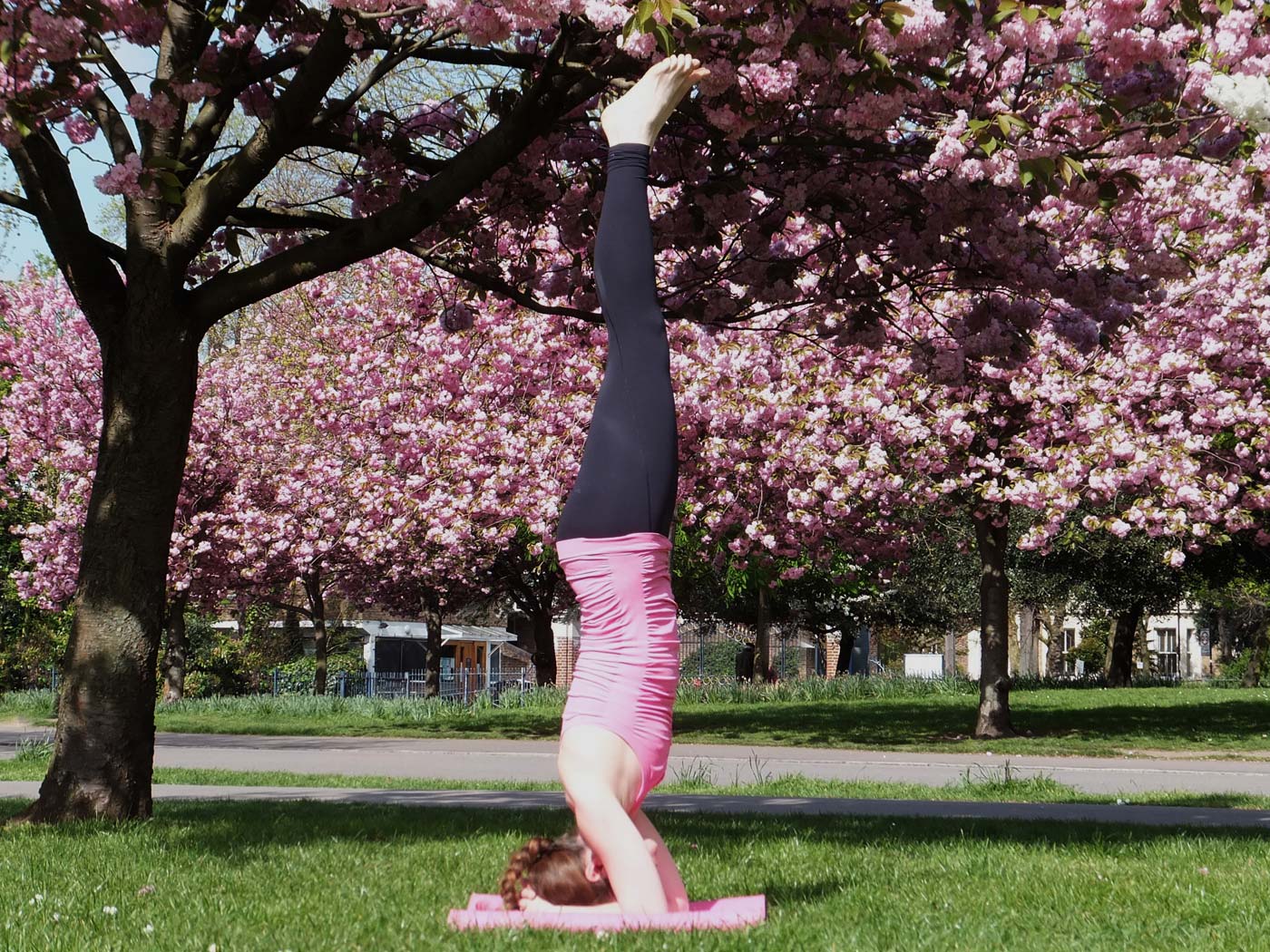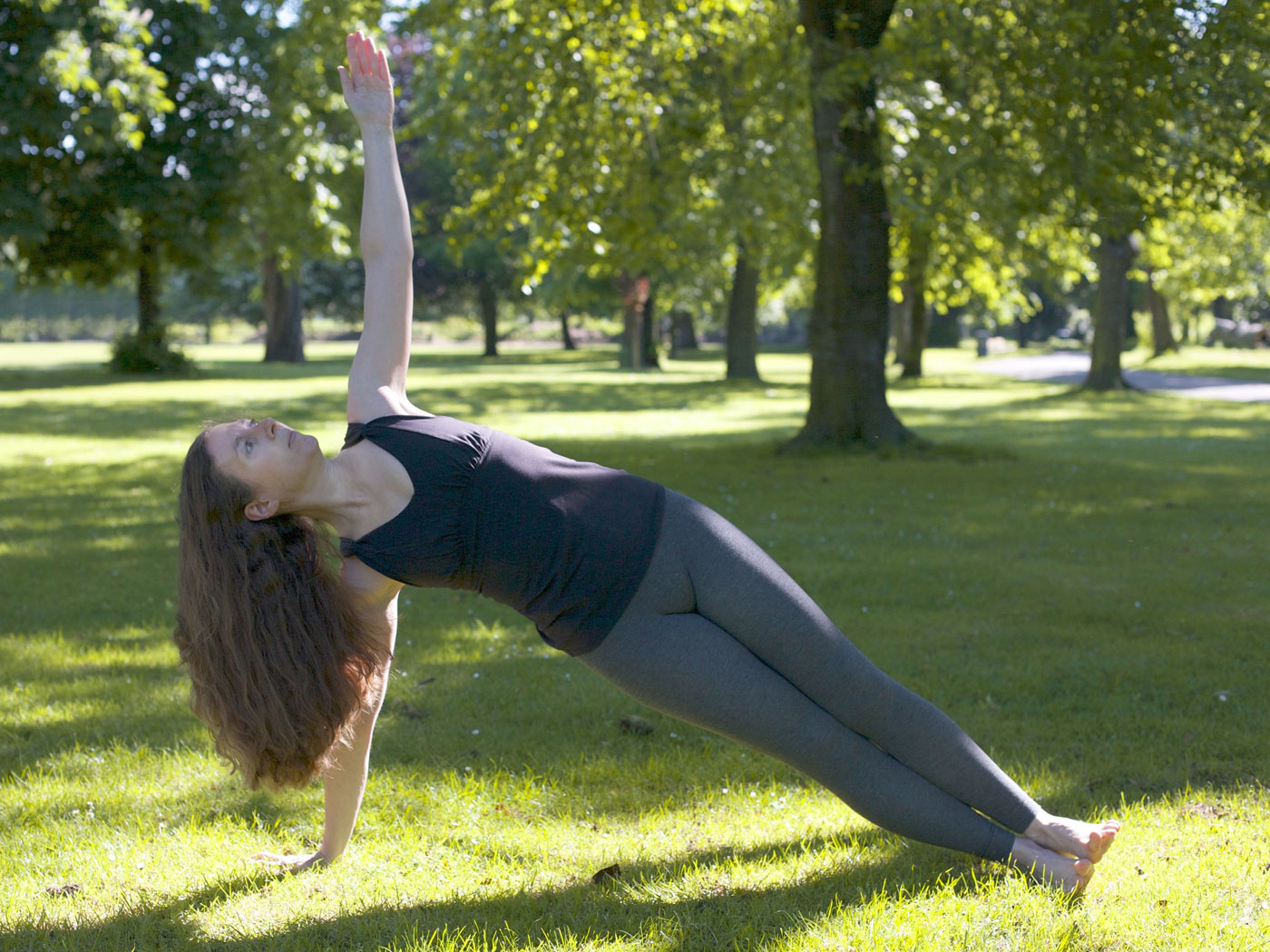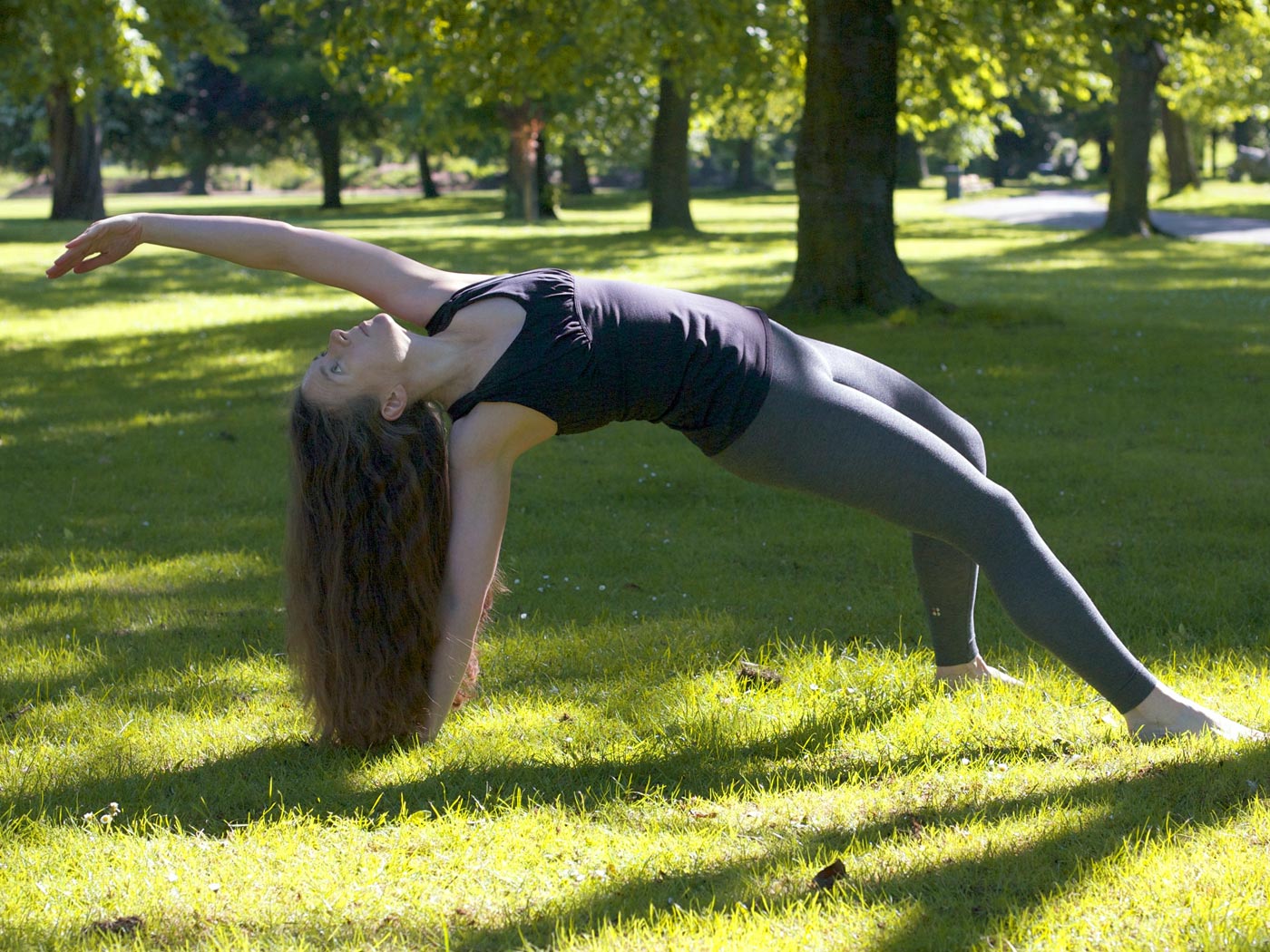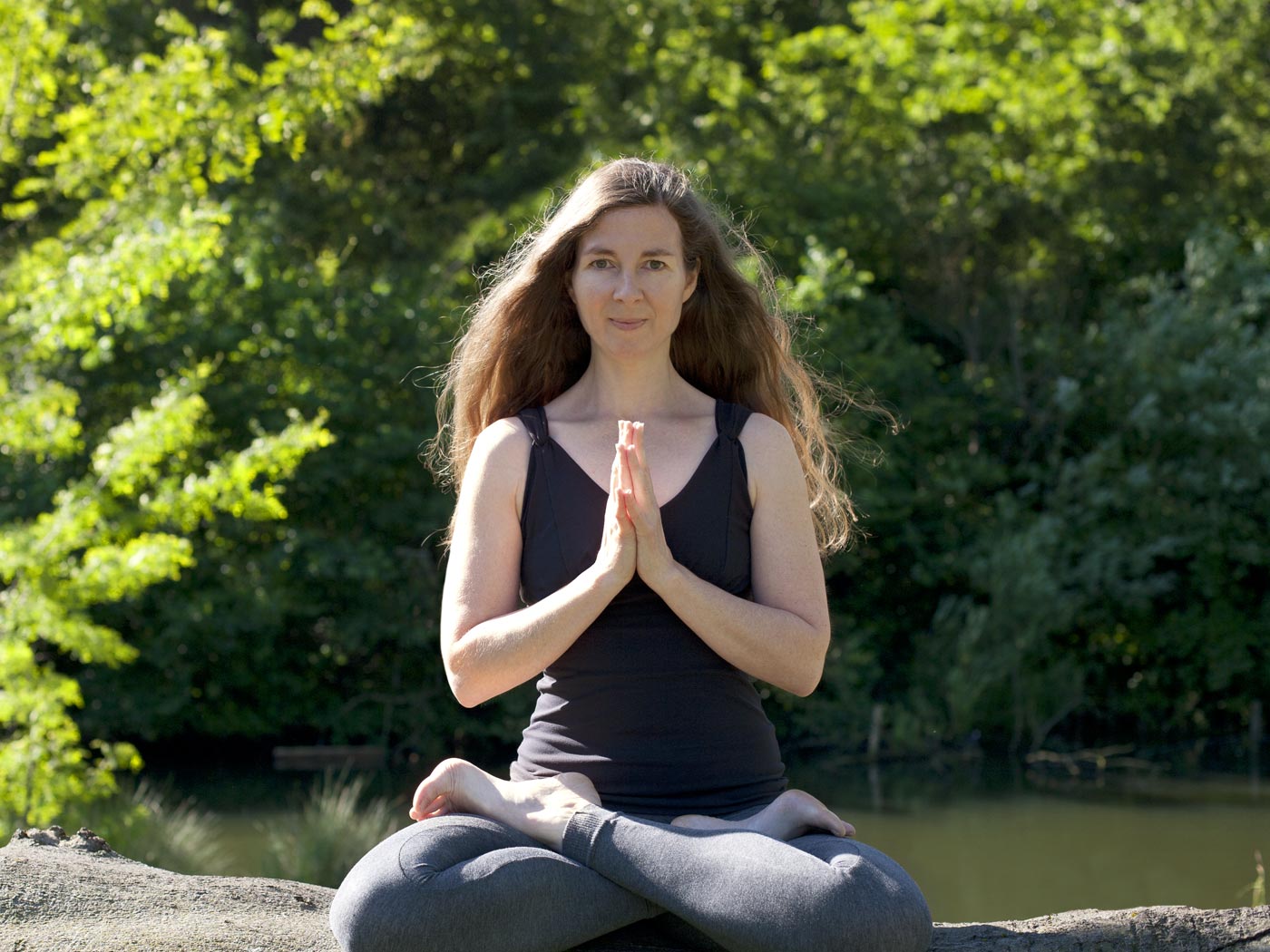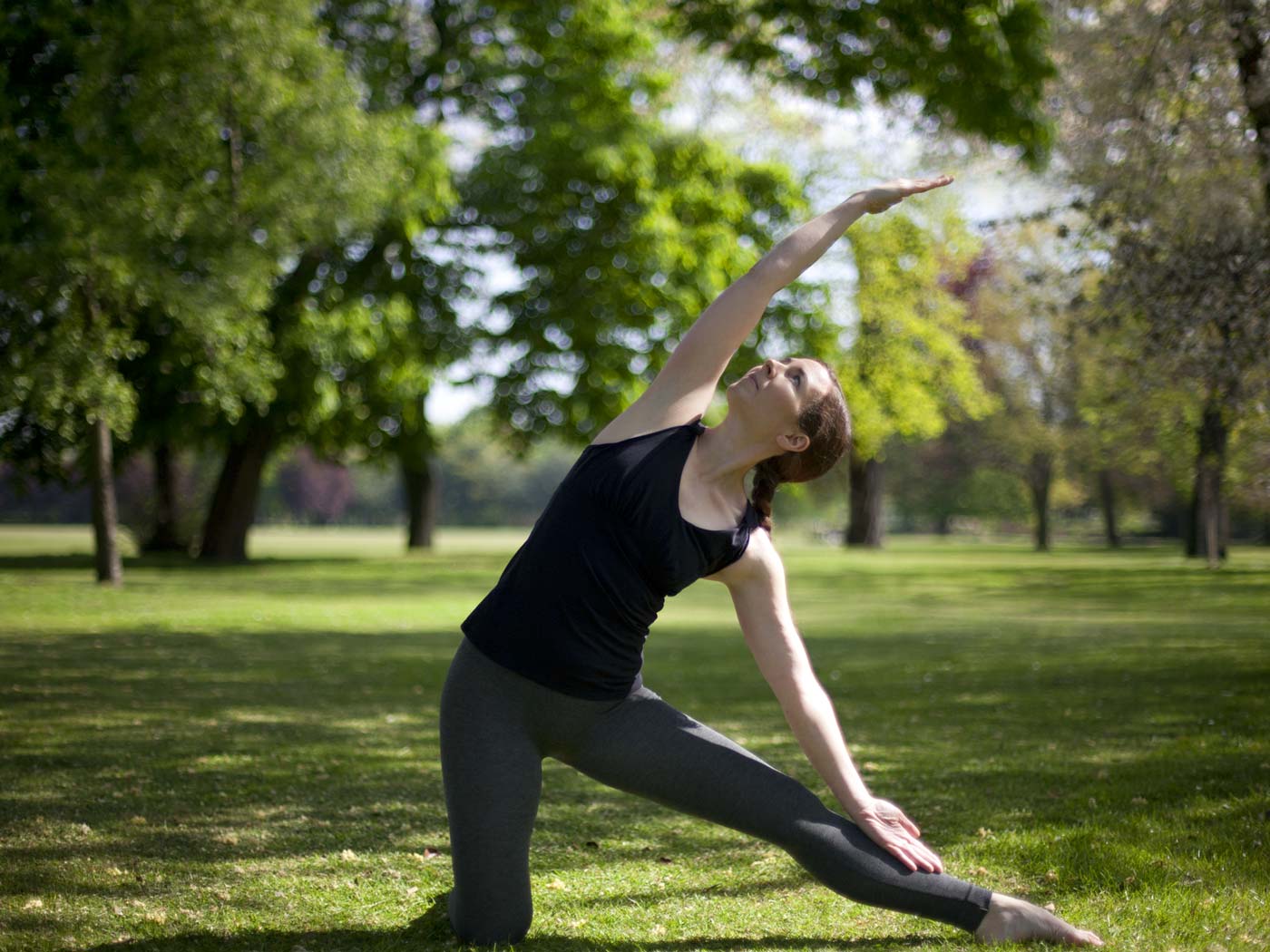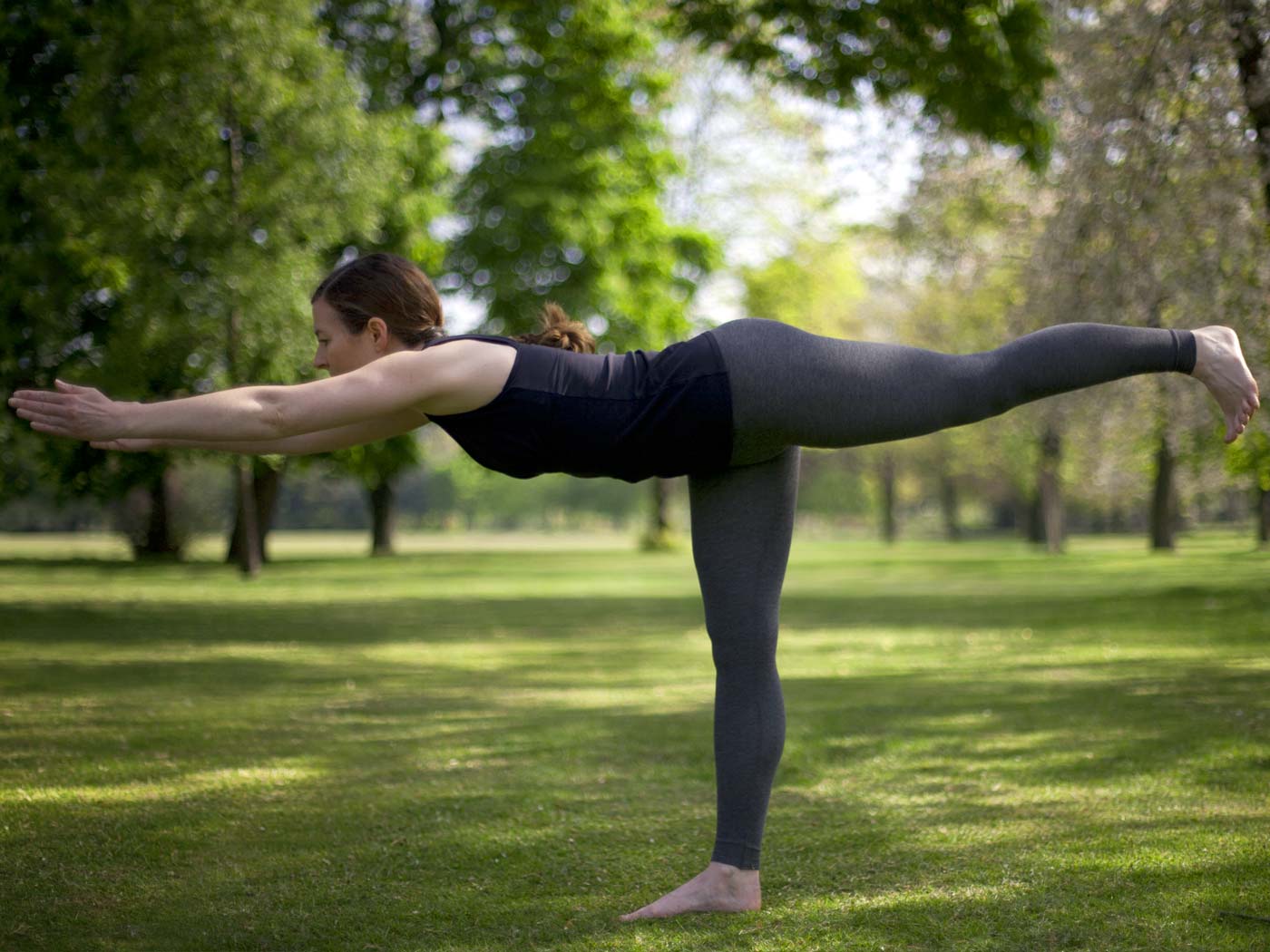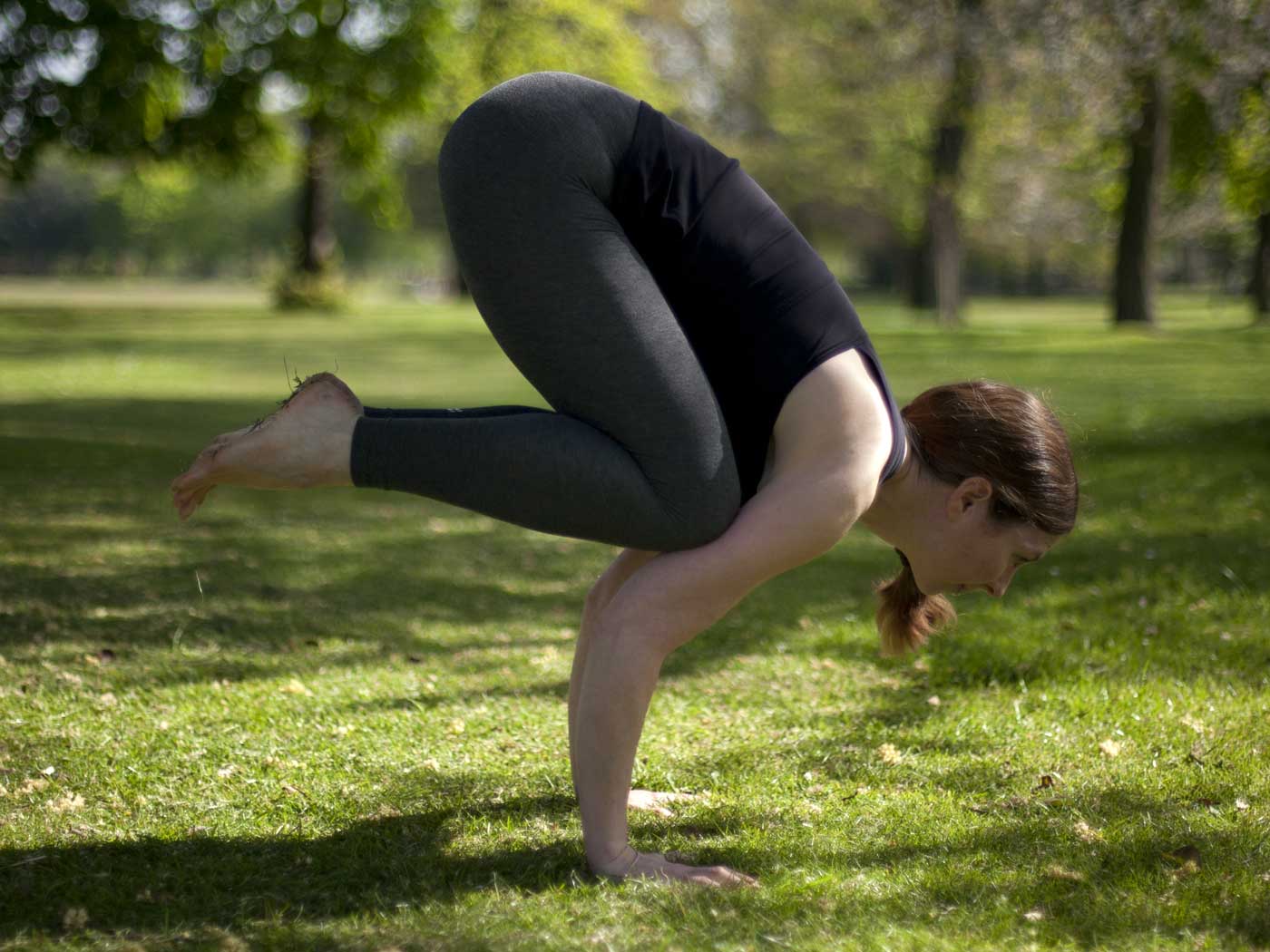Yoga can be practiced by anyone and is for everyone. It is an ancient system of integrating the many levels of our being: physical, emotional, mental and spiritual. The practice of yoga can be seen as a moving meditation, which unites the body, breath and mind and brings us into the present moment again and again. It helps to build strength and stamina, whilst also teaching us to soften, surrender and release both physically, emotionally and mentally. In a wider sense, it helps us to develop a greater awareness of all aspects of our lives, as well as increased compassion for both ourselves and others around us.

Yoga is a very personal thing. It is not a sport nor is it simply about stretching the body. It is certainly not competitive. It is an inward personal journey that takes you far beyond the yoga postures that you do on your mat. A yoga practice gives you time to withdraw from the outside world and to reconnect with yourself, thereby gaining a deeper understanding of yourself and others.
Yoga is for everyone, whatever their age or background, and everyone can benefit from it. If you can breathe you can do yoga and everything else will unfold from there. Even the simplest postures can bring great benefits if practised regularly and with awareness. There are so many different ways into the practice of yoga that everyone can find something that works for them.
The question “what is yoga?” is beautifully examined by the leading teacher T. K. V. Desikachar:
“However beautifully we carry out an asana (posture), however flexible our body may be, if we do not achieve the integration of body, breath, and mind we can hardly claim that what we are doing is yoga. What is yoga after all? It is something that we experience within our being. Yoga is not an external experience. In yoga we try in every action to be as attentive as possible to everything we do. Yoga is different from dance or theatre. In yoga we are not creating something for others to look at. As we perform the various asana we observe what we are doing and how we are doing it. We do it only for ourselves. We are both observer and what is observed at the same time. If we do not pay attention to ourselves in our practice, then we cannot call it yoga.”
Benefits of yoga
A regular and dedicated yoga practice leads to a calmer mind, a healthier body, more physical and emotional strength and a greater sense of stability and balance in life.
![]()
The benefits of a regular yoga practice are vast and will be felt in your everyday life and not just whilst you are on your mat in class. These benefits include:
- A calmer mind
- Better posture
- Alleviation of physical problems resulting from a sedentary office based lifestyle
- Increased physical, emotional and mental strength and stability
- Increased energy, feeling less physically and mentally tired
- A reduction in anxiety
- Improved sleep
- Relief from headaches and migraines
- More joint freedom and increased mobility
- Improved cardiovascular functioning
- Relief from pain, especially from back pain and shoulder pain
- Better balance and coordination
- More toned muscles
- Strengthening of the body’s bones and improved co-ordination of the muscles, helping with conditions such as arthritis
- Reduction in stress and improved ability to cope with the challenges of life
- Stronger immune system and fewer illnesses
- Lower blood pressure
- Improved digestion
- Weight loss (if combined with a healthy and balanced diet)
- Relief of ailments such as asthma and other respiratory problems
- Balancing of the hormonal system to help with menstrual and menopausal symptoms
- Increased patience with yourself, in life and with others
- Greater understanding of your strengths and limitations and an acceptance of these
- Improved focus and ability to concentrate
- A greater feeling of happiness and contentment
- Improved self-confidence and will power
![]()
The famous yoga teacher Vanda Scaravelli very beautifully describes some of the benefits and changes that we can expect to experience through yoga, in her book Awakening the Spine:
“Practice transforms us. We need to eat less, because we assimilate more and therefore there is a loss of unnecessary weight. We become more beautiful, our faces change and our walk gains in elasticity. Our way of standing is steady and poised, our legs are firmer, and our toes and feet spread out, giving us more stability. Our chests expand, the muscles of the abdomen start to work, and the head is lighter on the neck. . .To watch these enchanting changes is amazing. A different life begins and the body expresses a happiness never felt before. These are not just words; it actually happens.
Your everyday activities will improve and become more efficient. You will have less time for useless occupations that are constantly in the way preventing your contact with more essential things. It is like a sieve through which superficial things drop away leaving only what is essential. . .
Yoga is a way of life, it changes you and therefore changes the way you relate to other people and influence your environment.”
The late Sri K Pattabhi Jois in his book Yoga Mala wrote extensively about the effects and positive benefits of having an established and regular yoga practice, which he believed are physical, emotional and spiritual in equal measure. Some of his main thoughts on this subject include:
“Once we practice yoga, we come to realise its ananda (bliss).
If asana (posture) is practiced, then bodily and sensory diseases will be destroyed. If pranayama (breathing), conducive to concentrating the mind, strengthening the sense organs, and enabling the mind to be stilled without becoming unstable, is practiced, then diseases present in the body, sense organs and mind will be cured, allowing the mind to achieve concentration and perceive the Inner Self.
“Some people work by sitting or standing in one place for long periods of time and experience pains in their joints which make them unable to sit or walk without great difficulty. They pursue all kinds of medical treatment, and lead futile lives. But their afflictions can definitely be cured by Surya Namaskara (sun salutations). . . . To keep the body, which is the foundation of the performance of all sorts of meritorious deeds, pure and free from obstacles such as disease as much as possible, then Surya Namaskara and yogasana are very important. . . . The practice of the Surya Namaskara, or sun salutations. . . . is capable of rendering human life heavenly and blissful. By means of it, people can become joyous, experience happiness and contentment, and avoid succumbing to old age.
Through the practice of yoga, many types of incurable ailments, such as asthma, can be cured, and the body, mind and senses will come to radiate with new energy.”
